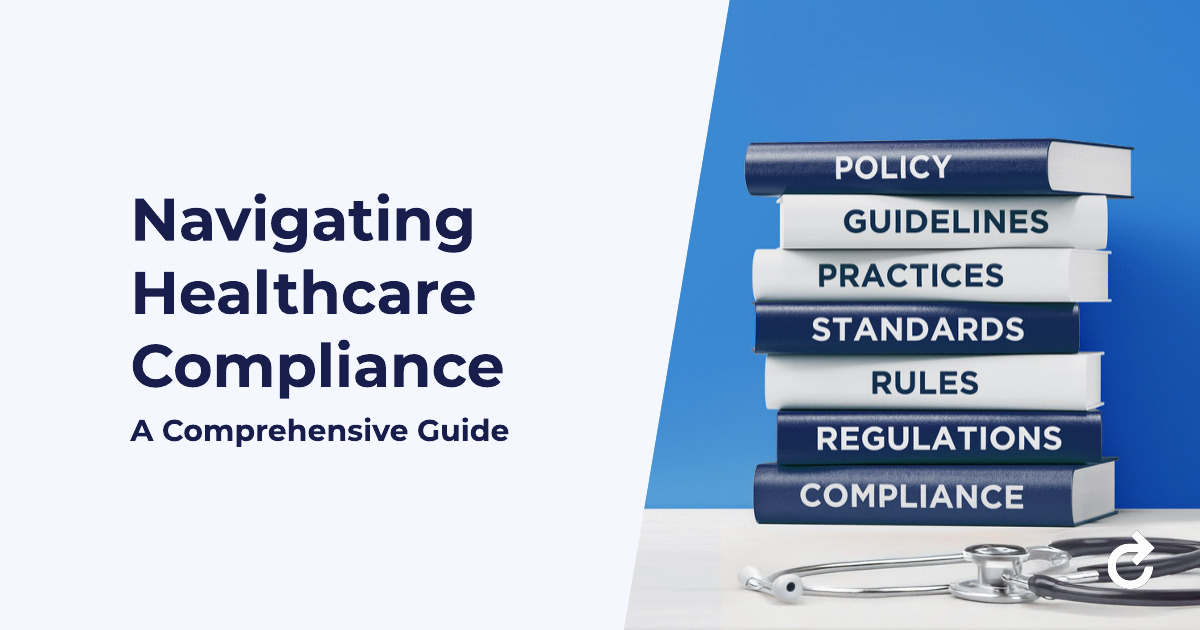Discover the essential aspects of healthcare compliance and learn how primary source license verification is crucial in ensuring regulatory adherence.
Understanding Healthcare Compliance in the United States
Healthcare compliance refers to the adherence to laws, regulations, and guidelines set forth by governing bodies in the U.S. healthcare industry. It encompasses various aspects such as patient privacy, data security, quality assurance, and ethical practices. Understanding healthcare compliance is essential for healthcare organizations to maintain the highest standards of patient care and avoid legal issues and penalties.
Healthcare compliance involves staying up-to-date with changing regulations, implementing policies and procedures, conducting regular audits, and training employees on compliance requirements. It requires a thorough understanding of federal, state, and local laws that govern healthcare practices. By ensuring compliance, healthcare organizations can protect patient rights, maintain the integrity of their operations, and promote trust within the healthcare system.
The Importance of Primary Source License Verification
Primary source license verification is a critical component of healthcare compliance. It involves verifying the credentials and licenses of healthcare professionals directly from the issuing authority, such as state medical boards. This verification process ensures that healthcare providers have the qualifications and licenses to legally practice in their respective medical fields.
Primary source license verification helps prevent fraud, protect patient safety, and maintain the integrity of the healthcare system. It ensures that those monitoring healthcare compliance find qualified and competent individuals to provide quality care to patients. By verifying licenses directly from the issuing authority, healthcare organizations can mitigate the risk of hiring unqualified individuals and reduce the potential for malpractice.
Critical Components of an Effective Healthcare Compliance Program
An effective healthcare compliance program involves several key components to ensure regulatory adherence and mitigate compliance risks. These components include:
- Policies and Procedures: Clear and comprehensive policies and procedures that outline compliance standards and expectations.
- Training and Education: Regular training sessions to educate employees on compliance requirements and promote a culture of compliance.
- Auditing and Monitoring: Ongoing internal auditing and monitoring to identify compliance gaps and address them promptly.
- Reporting and Investigation: A mechanism for reporting and investigating compliance concerns or potential violations.
- Risk Assessment: Regular risk assessments to identify potential compliance risks and develop strategies to mitigate them.
- Enforcement and Disciplinary Action: A system in place to enforce compliance standards and take disciplinary action when necessary.
By incorporating these components into their compliance programs, healthcare organizations can establish a robust framework for maintaining regulatory compliance.
Best Practices for Navigating Healthcare Compliance
Navigating healthcare compliance can be complex, but following best practices can help healthcare organizations ensure regulatory adherence and minimize compliance risks. Some best practices include:
- Stay Informed: Stay updated with changes in healthcare regulations and guidelines relevant to your organization’s operations.
- Conduct Regular Audits: Regularly audit your processes, procedures, and documentation to identify and address compliance gaps.
- Foster a Culture of Compliance: Promote a culture of compliance by providing regular training, communication, and reinforcement of compliance expectations.
- Establish Clear Policies and Procedures: Develop clear and comprehensive policies and procedures that outline compliance requirements and expectations.
- Implement Effective Training Programs: Provide ongoing training and education to employees to ensure they understand and adhere to compliance standards.
- Monitor and Address Compliance Concerns: Establish mechanisms for reporting and addressing compliance concerns or potential violations to ensure healthcare compliance.
By implementing these best practices, healthcare organizations can more effectively navigate the complexities of healthcare compliance and reduce the risk of non-compliance.
Future Trends and Challenges in Healthcare Compliance
The healthcare compliance landscape continues to evolve, presenting new trends and challenges for healthcare organizations. Some key future trends and challenges include:
- Increased Data Security and Privacy Concerns: With the growing use of electronic health records and digital health technologies, protecting patient data and maintaining privacy will be a top priority.
- Evolving Regulatory Landscape: To ensure compliance, healthcare organizations must stay updated with evolving federal, state, and local regulations.
- Heightened Focus on Ethics and Corporate Responsibility: The healthcare industry emphasizes ethical practices and corporate responsibility more, requiring organizations to align their compliance efforts accordingly.
- Technology Advancements: Healthcare organizations must leverage technology solutions and automation to streamline compliance processes and improve efficiency.
- Increasing Scrutiny and Enforcement Actions: Regulatory authorities are increasingly focusing on enforcement and imposing stricter penalties for non-compliance, making it crucial for organizations to maintain a robust compliance program.
By staying proactive, adaptable, and responsive to these trends and challenges, healthcare organizations can successfully navigate the future of healthcare compliance.
Choose EverCheck to Assist You with Complex Healthcare Compliance Issues
Based in Jacksonville Beach, Florida, EverCheck simplifies compliance management for healthcare organizations across the United States by automating license verification, credential tracking, and workforce compliance tasks. Our platform reduces your administrative burden, ensuring healthcare professionals meet regulatory standards while enabling organizations to operate more efficiently. Trusted by leading healthcare systems across North America, EverCheck delivers accuracy, streamlined processes, and enhanced compliance confidence.

